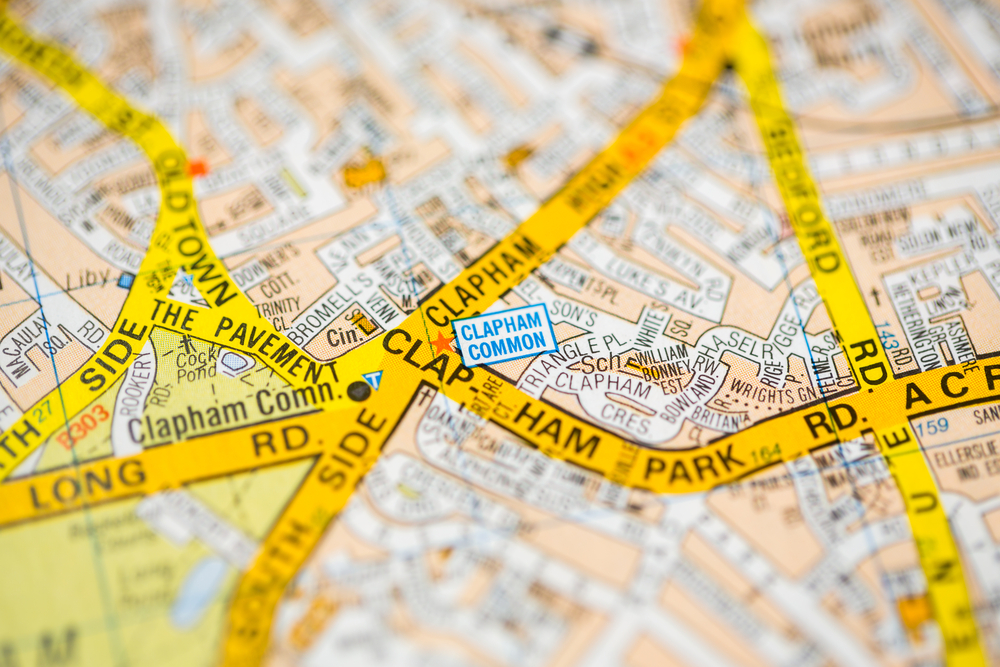A protest against lockdown in London on 20th March, was allowed to continue peacefully under the watch of the Metropolitan Police (Met) seeking to resolve their Catch 22 impossible position. Come the evening they asked the crowd to disperse, and they were on the sharp end of bottles hurled at least. Reports say some 33 people were arrested. No public outcry has resulted.
The weekend before on 13 March in Clapham, police behaviour in breaking up the gathering of the remnants of the all-day vigil, and making a few arrests, has been widely condemned: misogynistic, idiocy, and a disgrace are some of the words used in the media by commentators and politicians who it suited to pass instant judgement. As calls rang out for the head of Cressida Dick, the Chief of the Met, she suggested that people look at the facts first.
The vigil, arguably illegal from the start under Covid regulations, passed peacefully all day, memorialising the tragic murder of Sarah Everard. The police, it is reasonable to assume using their best judgement in the circumstances, kept a watchful eye just as they did the following weekend. And in the evening, they sought to disperse the crowd, having to tread a fine line between enforcing pandemic restrictions and yet allowing tragic feelings to be shared and expressed. It could be that senior police officers made a serious error of judgement in eventually applying some force to stop what perhaps had become a protest.
Is there an alternative possibility? By the evening when most vigil attendees had gone home, were some of the remaining people perhaps driven by ulterior motives apart from attesting against violence by men to women? Possibly disrupters rather than mourners? Were perhaps a few of them drawn from the club who never miss a demo? Did some of them shout at and abuse or even spit at the police, as people do every day? Could any of the women in those photographs and films which followed so quickly have deliberately provoked or even choreographed events? Even posing? Anyone who has witnessed how difficult it is safely to arrest an unwilling resister will know it is not an attractive scene. Is it the case perhaps that police must assume that anyone not cooperating could turn violent and so they adopt careful protective procedures? Is it possible the police were caught in the impossible trap of enforcing restrictions in an already emotionally charged situation?
An independent inquiry, welcomed by the Police Federation, is looking into events. Maybe police body cameras will provide some evidence of the facts. Maybe the Met tried seriously to persuade the remaining crowd to disperse and issued sensible warnings? If the enquiry concludes that the police were not idiots or displaying misogyny will they be vindicated and will those who were so quick to be judge and jury by Sunday 14 March apologise? Such as Ed Davey, leader of the Liberal Democrats, and various MPs of all persuasions? Whatever the outcome, the news media and social media disrupters have done their damage shooting from the hip and creating spite, undermining the justice system. It seems unlikely that the enquiry will conclude that the Met’s officers were bullying misogynists who set out to violate the rights and feelings of caring women and girls?
Were the police in an impossible position and damned by somebody whatever they did? Whatever the result, it is hoped the police will be treated fairly and respectfully as they go about their nigh impossible mission of policing by consent and yet having to enforce rather uncertain and controversial pandemic legislation, which a large number of UK citizens have broken either out of necessity or applying common sense.

